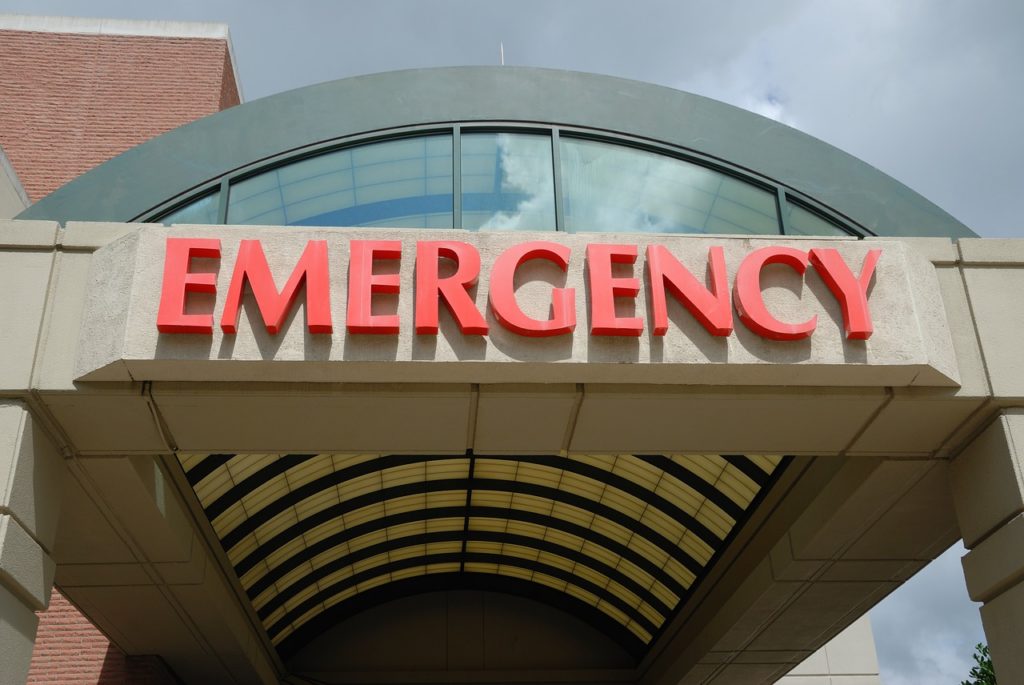As the use of medicinal cannabis among hospice patients grows, researchers have found that chronic use could lead to cannabis hyperemesis, and therefore increased emergency room visits and hospitalizations.
This condition is characterized by cyclical vomiting and abdominal pain. If not recognized quickly it can lead to severe dehydration, acute renal failure, other organ complications, and death, as well as raising the incidence of costly, high-acuity medical care, according to a recent study in the Journal of Palliative Medicine.
Reducing the incidence of high-acuity care at the end of life is part of the value proposition of hospice, which most often provides care in the home in accordance with the wishes of the vast majority of patients. Increased hospitalizations could cause patients to leave hospice and can drive up health care costs while negatively impacting patients’ quality of life.
“There are several reports in the literature about patterns as emergency room visits for people with cannabis hyperemesis. One reason is that it can be challenging to diagnose. This is an emerging diagnosis that not all medical providers have much experience with managing,” Ileana Howard, M.D., a physician in the Department of Rehabilitation Medicine at the University of Washington, Seattle, said. “The other factor that contributes to this is that patients don’t always say that they can’t adhere to recommendations to completely cease use of cannabis, particularly if we’re not managing the symptoms that they’re using the cannabis to help control, such as uncontrolled pain, or nausea or spasticity.”
Howard authored the study on cannabis hyperemesis.
Presently, incidents of cannabis hyperemesis are rare, but will likely rise as the number of patients using the substance increases. The use of cannabis among hospice patients is growing more prevalent. A 2019 study in the Journal of Palliative Care included a survey of 310 hospice and palliative care clinicians from 40 states on practice, experience and opinions on medical cannabis, the largest such survey to date.
Nearly three quarters of the respondents indicated that they had cared for a patient who was using medical cannabis, which has shown some promise in treating pain, nausea, seizures and anxiety, according to the survey.
However, the study also found that clinicians rarely initiate discussions of medical cannabis with patients and families, and some may not be aware that their patients are using the substance.
“I partner regularly with hospice in caring for end-of-life patients, and I find that they have incredible resources for managing symptoms and promoting comfort at home. That doesn’t always preclude the the patient seeking and using complementary or alternative or herbal products or even medical cannabis, particularly in states where access is fairly open,” Howard told Hospice News. “It is important for all health care providers to ask patients about their use of these substances in a nonjudgmental way, so we can fully risk stratify and identify symptoms of adverse effects like cannabis hyperemesis for someone who’s presenting with that classic triad of symptoms.”



